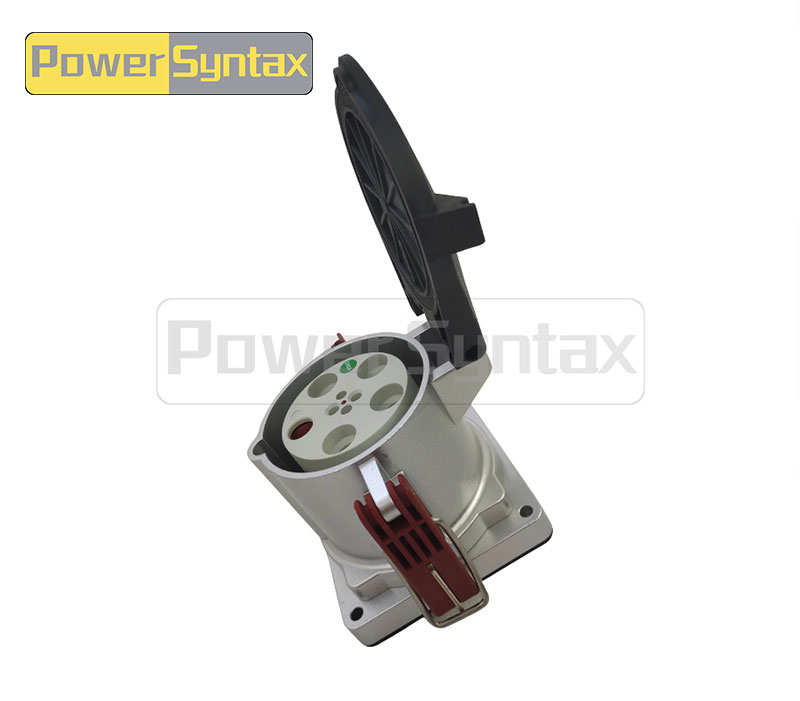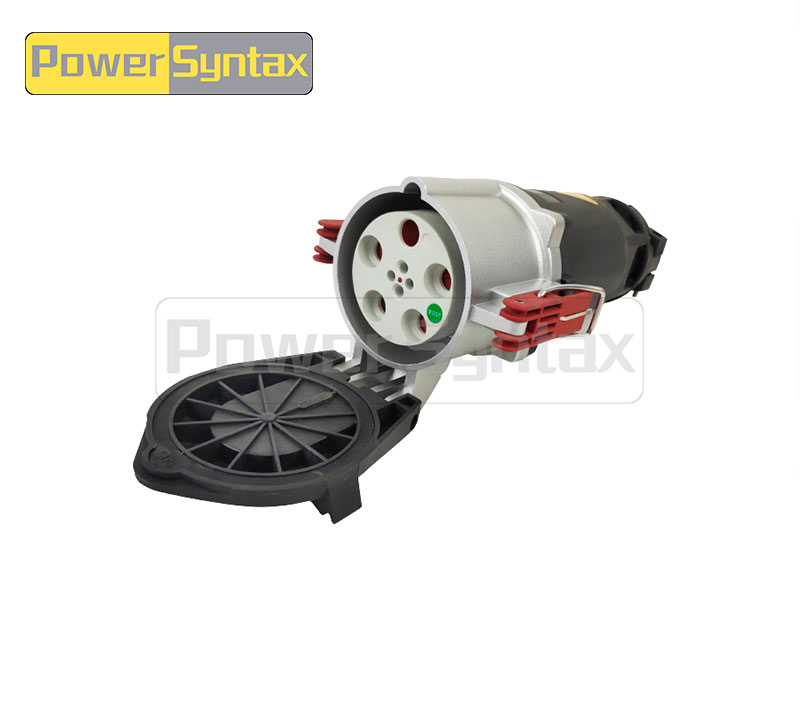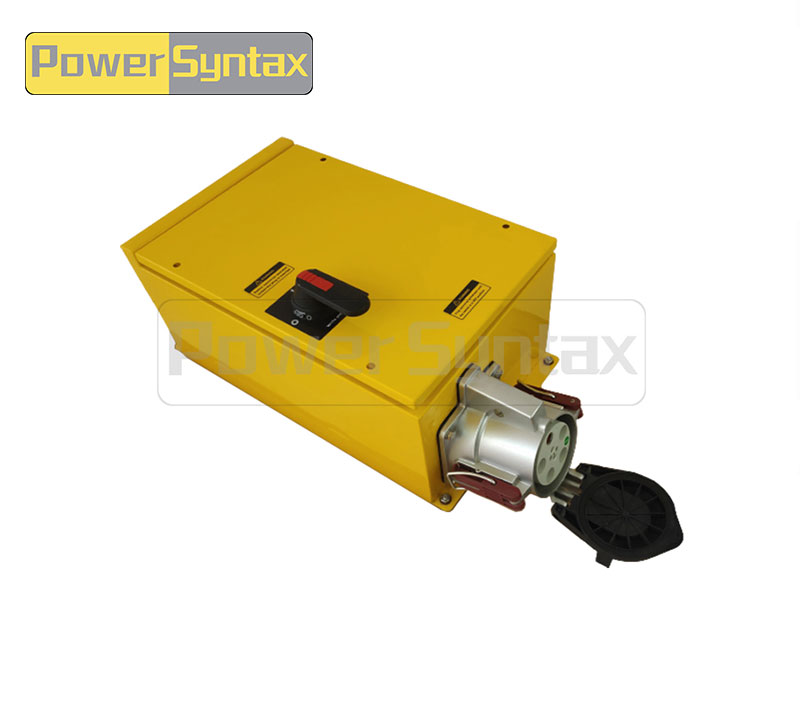What are Shore Power High Current Plugs and Sockets?
Shore Power High Current Plugs and Sockets are specialized electrical connectors designed to provide safe, reliable, and high-capacity power transfer between onshore power systems and ships or other heavy-duty equipment at ports and marinas. These components are critical for enabling cold-ironing—a practice where vessels shut off their diesel generators and draw electricity from the shore grid during docking, significantly reducing emissions and operational noise 910.

Shore Power High Current Plugs and Sockets
Key Features and Technical Specifications
-
High Power Handling
These plugs and sockets are engineered to manage substantial electrical loads, with rated currents ranging from 200A to 1000A and voltages up to 12kV (AC) or 1500V (DC) 18. For example, the JD-1 series industrial-grade products support 200A–420A at 440V/690V AC, while DC systems under the new GB/T 11918.6-2025 standard handle up to 1000A DC 28. This capacity is essential for powering large shipboard systems like cranes, HVAC, and lighting. -
Robust Construction
- Materials: Typically made with quenched cast aluminum (AS7G) for the chloroprene rubber for sealing, ensuring IP66/IP67 waterproofing to withstand harsh marine environments 27.
- Corrosion Resistance: Stainless steel fasteners and Alodine-conductive oxidation coatings protect against saltwater and humidity 2.
- Insulation: Nylon PA6 insulators and silver-plated copper contacts (withstanding 200°C) ensure low resistance and durability 27.
-
Safety Mechanisms
- Interlock Systems: Prevent accidental live insertion/removal through control contacts (e.g., P1-P3 for shore-side interlocks) 12.
- Arc Suppression: Quick-connect/disconnect designs with reduce arcing during operation 7.
- Overload Protection: Built-in thermal sensors and fuses comply with IEC 60269-1/2 standards 4.
-
International Standards
- AC Systems: Governed by IEC 62613-1:2019 (adopted in China as GB/T 30845.1-2023), covering 500A/12kV AC systems for outdoor marine use 14.
- DC Systems: Emerging standards like GB/T 11918.6-2025 and the IEC-pending global DC interface standard unify specifications for 1500V DC connectors, addressing the rising demand for fast-charging electric vessels 38.
- Regional Variations: European ports often use Type F/G plugs (EN 60309), while the U.S. may adopt UL-listed designs for 450V/250A systems 512.
Applications
- Maritime Industry: Essential for container ships, cruise liners, and oil tankers to connect to shore power grids 1013.
- Renewable Energy Integration: Used in hybrid or fully electric vessels to enable "shore-to-ship" charging 313.
- Industrial Settings: Also applied in mining, construction, and temporary event power setups requiring high-current solutions 2.
Environmental and Operational Benefits
- Emission Reduction: A single vessel using shore power can cut CO2 emissions by over 2 tons per docking while eliminating sulfur oxides (SOx) and nitrogen oxides (NOx) 913.
- Cost Savings: Reduces reliance on expensive marine diesel fuel and lowers maintenance costs for shipboard generators 9.
- Noise Abatement: Quieter port operations improve working conditions for dockworkers and nearby communities 10.
Future Innovations
- Smart Grid Integration: Advanced systems now feature AI-driven load management and remote diagnostics to optimize energy usage and predict equipment failures 13.
- DC Dominance: The adoption of DC shore power (e.g., the China-led IEC standard) will enhance compatibility with onboard DC microgrids and renewable energy storage systems 38.
- Modular Design: Multi-standard shore power device,like those at Xiamen’s Haitian Terminal, allow simultaneous connection of high/low voltage ships, improving port efficiency 10.
In summary, Shore Power High Current Plugs and Sockets are critical infrastructure for sustainable maritime operations, combining rugged engineering with cutting-edge standards to facilitate a cleaner, more efficient global shipping industry. Their evolution toward DC compatibility and smart controls underscores their role in the transition to green ports and electrified transportation.





